5 Spatial Awareness Activities for Kids
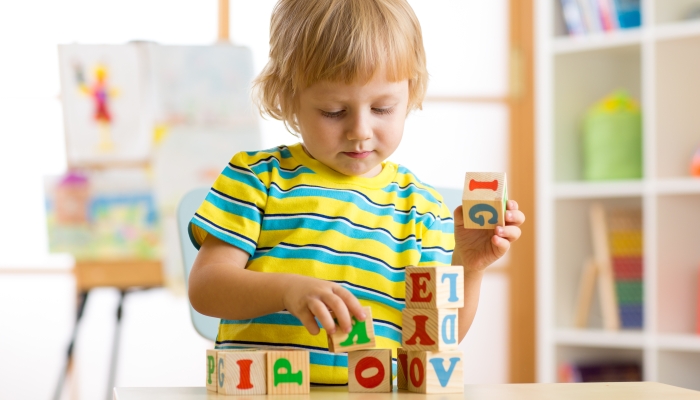
- Spatial awareness is essential for kids’ everyday tasks, including catching a ball, walking without bumping into the wall, and fitting objects together.
- Children without spatial awareness may struggle to recognize shapes and patterns, visualize objects, or write legibly.
- Parents can encourage spatial awareness with obstacle courses, block play, and scavenger hunts.
Most people naturally move and interact with their environment without realizing their actions. However, for this to happen, we must develop spatial awareness.
Spatial awareness is the ability to understand your body’s position in relation to objects and people in your surroundings. Simple examples include transitioning from the floor to the couch and reaching to pick out a toy.
Most children naturally learn spatial awareness, but sometimes they need a little extra encouragement. Conditions impacting spatial awareness development include Autism, blindness, Cerebral palsy, and dyspraxia. If your child falls into any of these categories, know that you’re not alone, and there are ways to help.
Thankfully, there are several fun activities for kids that can help promote spatial awareness. (You might already be doing some of these!) Let’s explore some enjoyable ways to encourage spatial awareness in your child.
1. Obstacle Courses
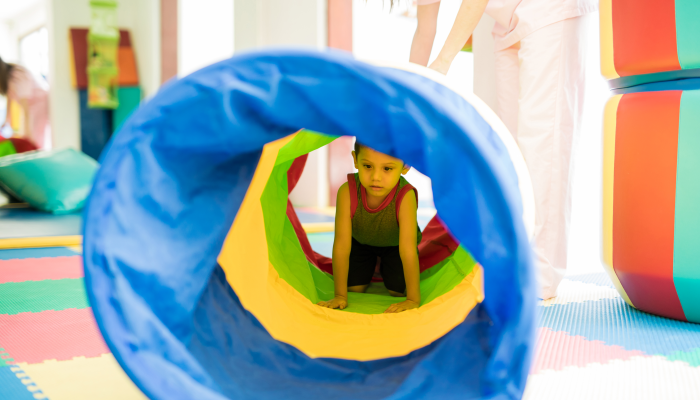
Spatial awareness allows children to mentally and physically organize11. Platas, L. M.. The Why and What of Spatial Relations. Development and Research in Early Mathematics Education (DREME). 2017. https://dreme.stanford.edu/news/the-why-and-what-of-spatial-relations/ things in their world. Creating obstacle courses around your house is a fantastic way to help with this.
You can create simple obstacle courses with basic household items like chairs, pillows, and toys. Many times throughout the week, my basement looks like a pillow factory exploded. While it’s not always easy on my type A personality, I understand the benefits of obstacle courses.
Obstacle courses help enhance the ability to understand directions and improve coordination and body awareness. You may need to guide your child through the course while encouraging them to navigate under, over, around, and between.
I recommend creating obstacle courses in areas where your child can’t easily hurt themselves. My kids love to stack the pillows in the basement, but it’s also near the television and my treadmill, so I have strict rules for constructing their obstacle course.
Tips:
- Start with simple obstacles and gradually increase the difficulty.
- Encourage your child to describe their movements, reinforcing spatial vocabulary.
- Incorporate different obstacles requiring your kids to jump, crawl, balance, and maneuver around.
- Add elements that change the height or levels of the obstacle course, like climbing over objects or ducking under bars.
- As your child progresses, add a timed element to the obstacle course.
2. Puzzle Play
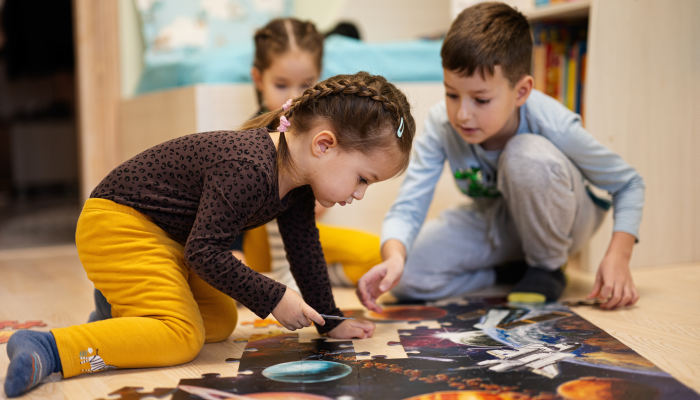
Who doesn’t love puzzles? Did you know they are fantastic at helping kids with spatial awareness? You can offer your child jigsaw puzzles or shape-sorting toys while encouraging them to fit pieces together based on shape, image, and size.
Puzzle play helps with spatial awareness in the following ways:
- Improving hand-eye coordination
- Boosting visual perception
- Encouraging patience and persistence
- Building cognitive and physical skills
I’m a big fan of Melissa & Doug toddler puzzles because they are high-quality and last for years; however, any puzzle that challenges your child is fantastic!
Tips:
- Start with age-appropriate puzzles and progress as your child ages.
- Discuss shapes and positions while your child completes the puzzles
- Work on puzzles together to model strategies and reinforce spatial concepts
- Praise effort, not just success, to encourage your child.
- Introduce 3-D puzzles as your child’s skills progress.
- Rotate puzzles regularly to prevent boredom and enhance skills.
3. Building Blocks and Construction Toys

What kid doesn’t love building blocks and construction toys? My kids could play for hours with a few blocks and their imaginations.
You can provide your child with various blocks and construction toys and encourage them to build structures, replicate patterns, or follow specific instructions like, “Build a tower taller than you!”
Using building blocks and construction toys to develop spatial awareness helps develop an understanding of shapes, sizes, and proportions. It also enhances creativity and problem-solving skills.
Remember to tailor the complexity to your child’s age and skill level while they enjoy block play.
Tips:
- Challenge your child to build specific shapes or replicate models from pictures or books.
- Discuss the stability and balance of their structures, including what helps or hurts their structure from staying upright.
- Have your child push the blocks around the room using the construction toys. (This is also a great idea for cleaning!)
4. Scavenger Hunts
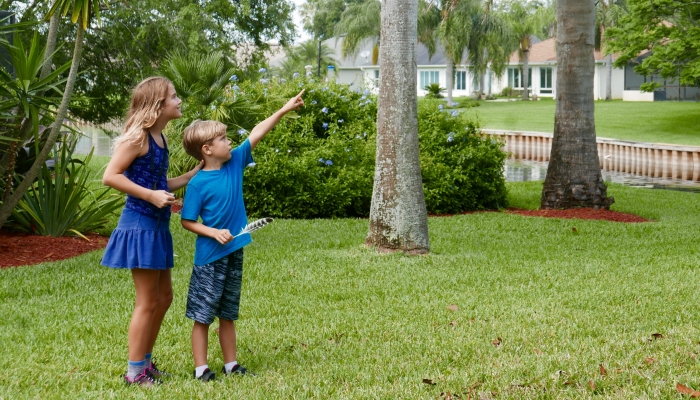
My kids are huge scavenger hunt fans, and I became a pro during Covid. It’s a fun activity that you can do with items around your house or outside.
Scavenger hunts are also fantastic at developing spatial awareness because they promote critical thinking and problem-solving. In addition, they help enhance directional and positional understanding.
Sometimes I would say, “Find five objects in the room that are blue,” or “Look for three things that start with the letter T.”
Tips:
- Start with easy-to-find objects and gradually increase the complexity/number of clues.
- If your child is struggling, use directional language (under, over, next to) to help guide them.
- Encourage teamwork if more than one of your children participates in the scavenger hunt.
- Use timed challenges to encourage quick thinking and the ability to make decisions faster.
- Reflect on the experience and ask your child how they knew what to look for or what clues helped.
5. Simon Says

Simon Says is a fantastic game for children to learn about the world around them, including giving enough space to the person next to them. It’s also an excellent way for children to work on listening skills and following directions, which is great for children who lack personal space awareness.
You can also let your child lead the game, allowing them to think about spatial directions. As your child progresses, consider adding a dose of complexity, like saying two commands simultaneously (i.e., “Simon says take two steps forward and then touch your toes.)
Tips:
- Encourage your child to mimic small and large body movements.
- Have your child perform various movements like jumping, walking on their tiptoes, walking, or lunging.
- Vary the game’s speed, like slowing down the commands to give your child time to process what’s being asked of them.
- Use objects in your environment as part of your commands, such as “Simon says to put the pillow next to your foot.”
FAQs
How can spatial awareness activities help improve my kid’s reading and writing skills?
Spatial awareness activities can improve a child’s reading and writing skills by strengthening the cognitive and physical abilities needed for literacy skills. In addition, spatial awareness activities can help:
- Improve hand-eye coordination
- Develop directional understanding
- Boost attention and focus
- Encourage fine motor skills
How often should I engage my child in spatial awareness activities?
You can incorporate spatial awareness activities into your daily routines, but the exact frequency will depend on your child’s age, attention span, and overall schedule. For example, you can aim for 15-30 minutes a day but break them into shorter sessions if your child is young or struggling.
Rotating between activity types can also be beneficial to keep your child engaged and to develop different aspects of spatial awareness.
References
- Platas, L. M. (2017, October 25). The Why and What of Spatial Relations. Development and Research in Early Mathematics Education (DREME). https://dreme.stanford.edu/news/the-why-and-what-of-spatial-relations/
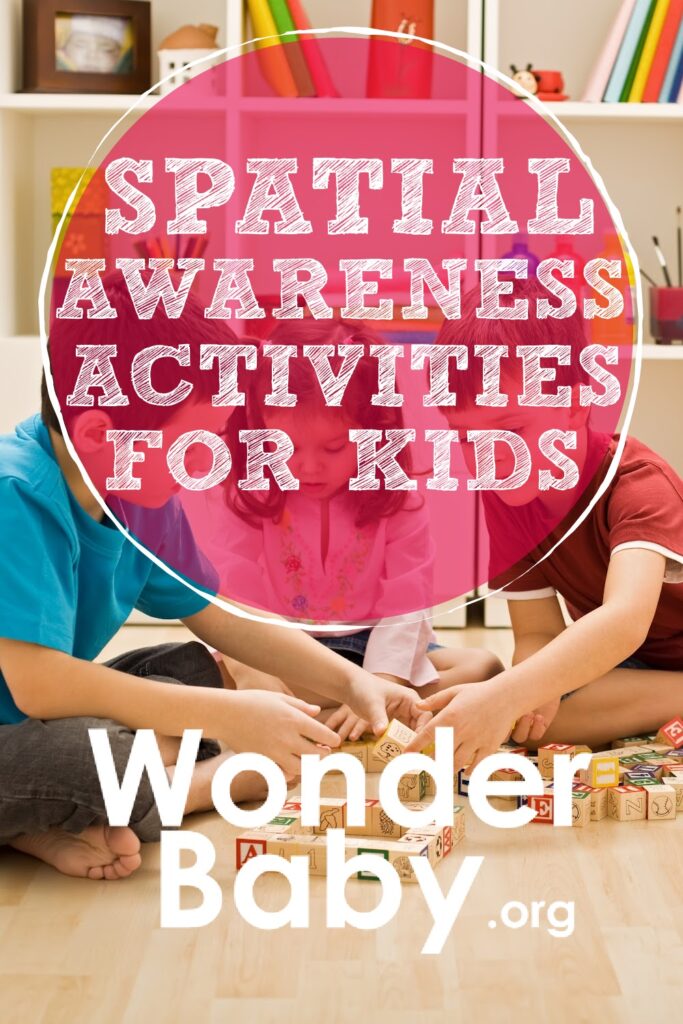
Related Posts
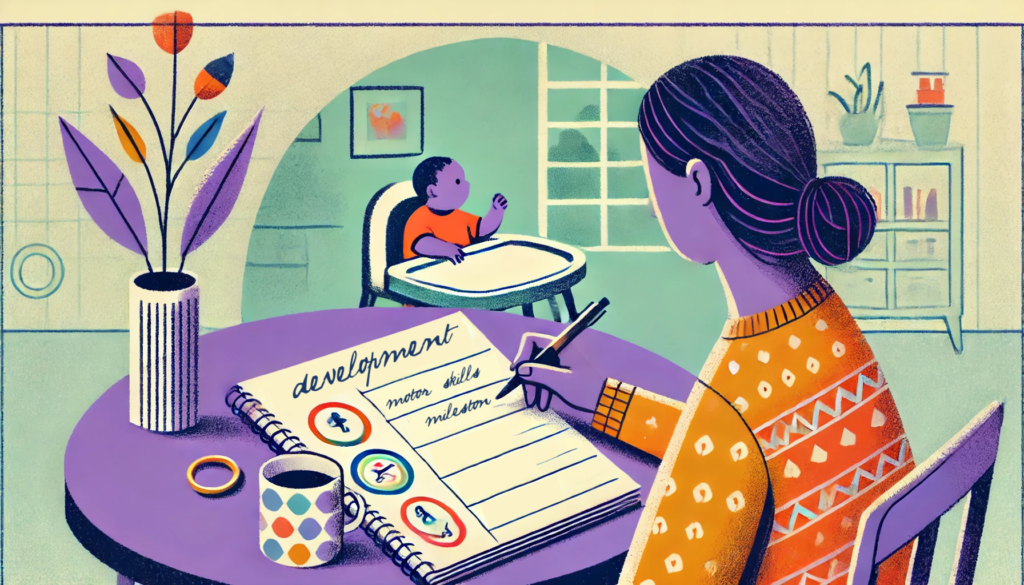
Development, Special Needs
How to Track Milestones for Developmentally Delayed Babies
Parents of developmentally delayed babies can explore practical tools and strategies to track milestones, celebrate progress, and support their child’s unique developmental journey.

Fine and Gross Motor
5 Alternatives to Tummy Time for Babies with Motor Development Challenges
Does your baby struggle with tummy time due to motor development challenges? These alternatives to tummy time will offer the same benefits.

Development
Should Twins Share a Room?
Wondering if your twins should share a room? We’ll explore the pros and cons of room-sharing for twins right here before you make your decision.